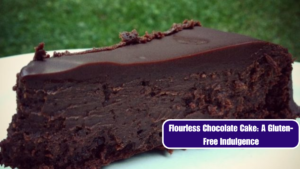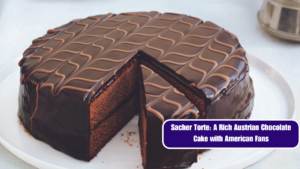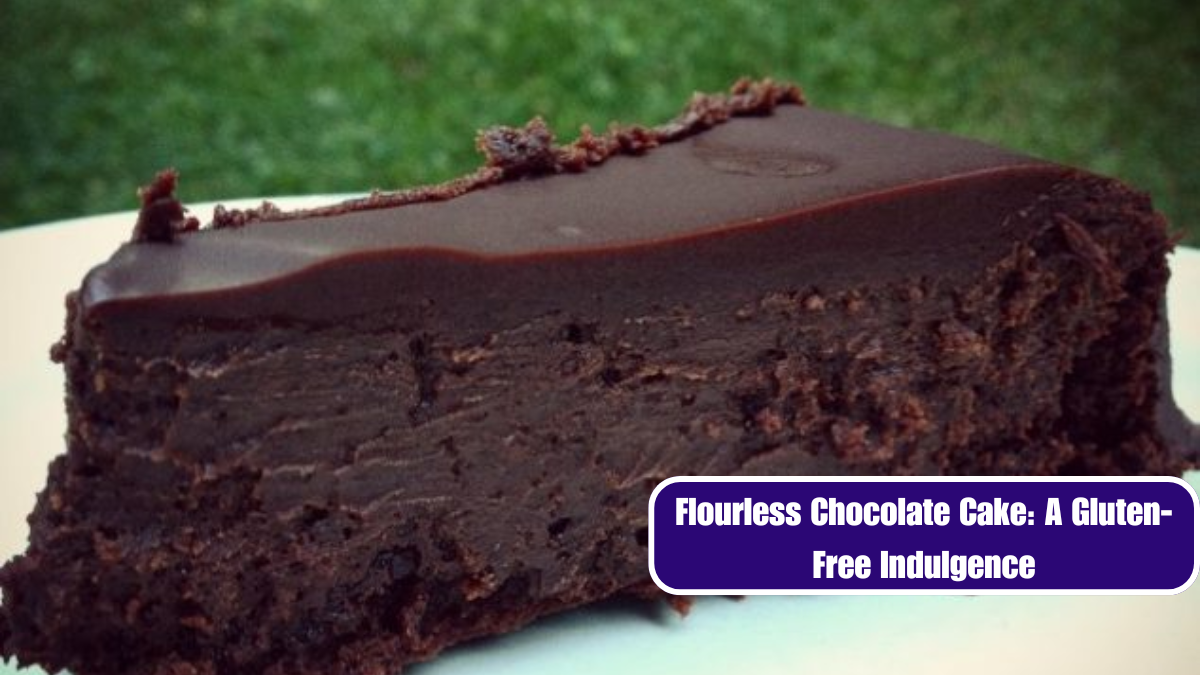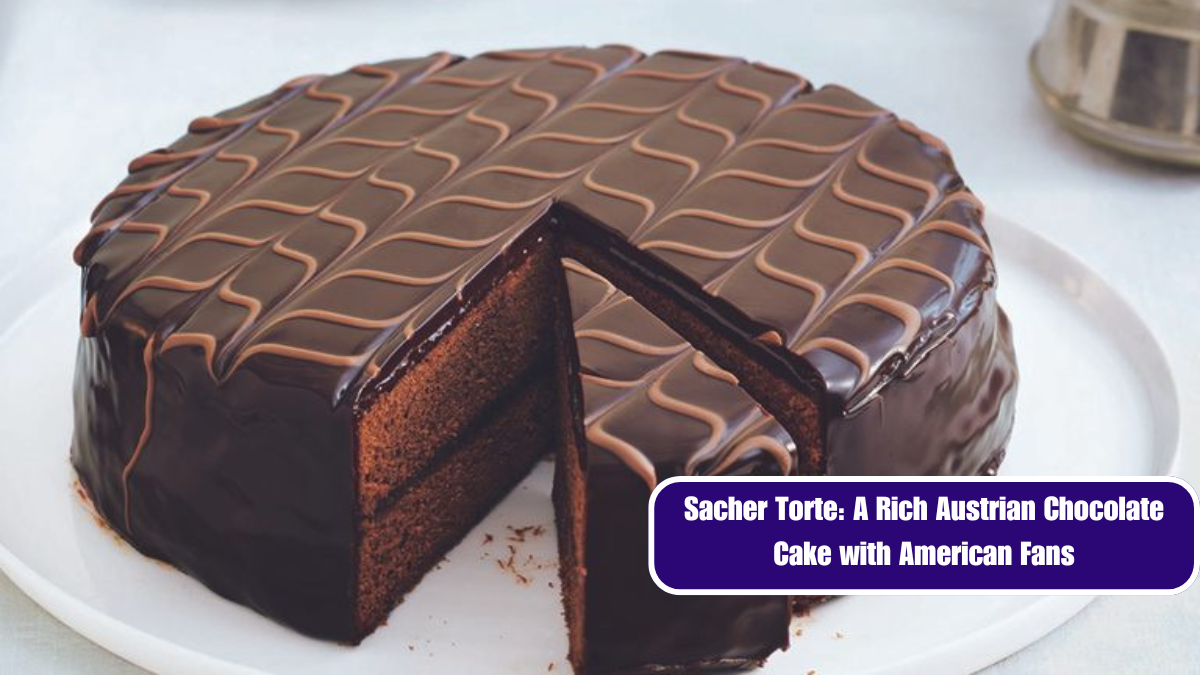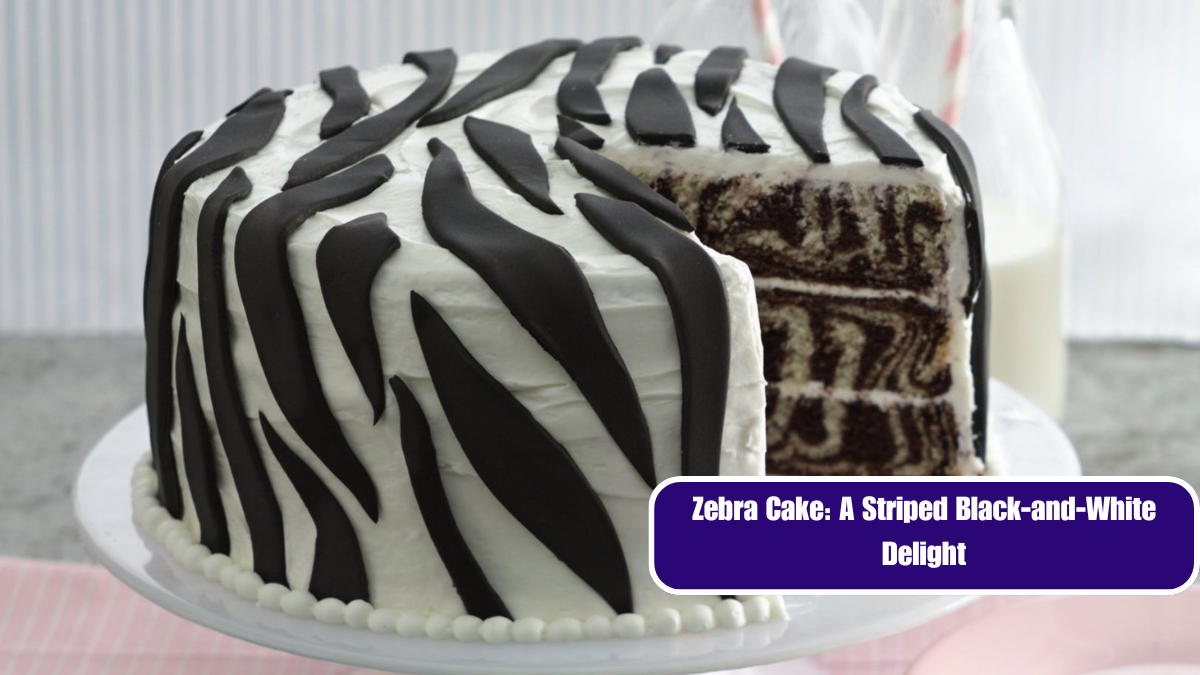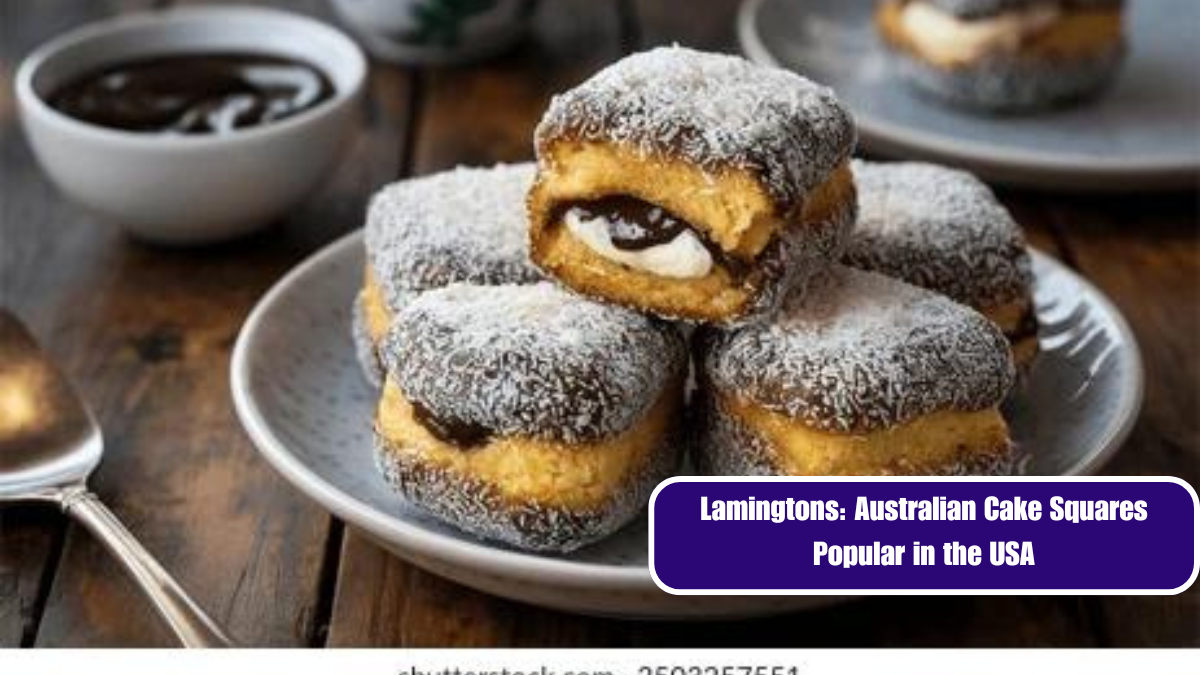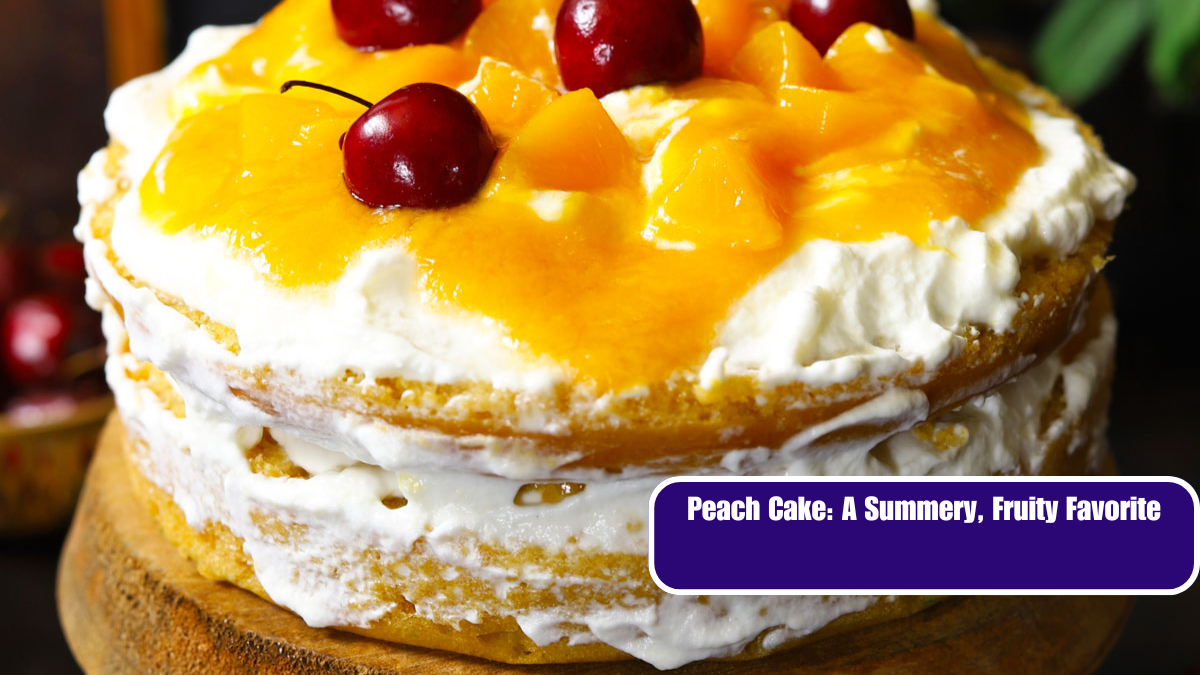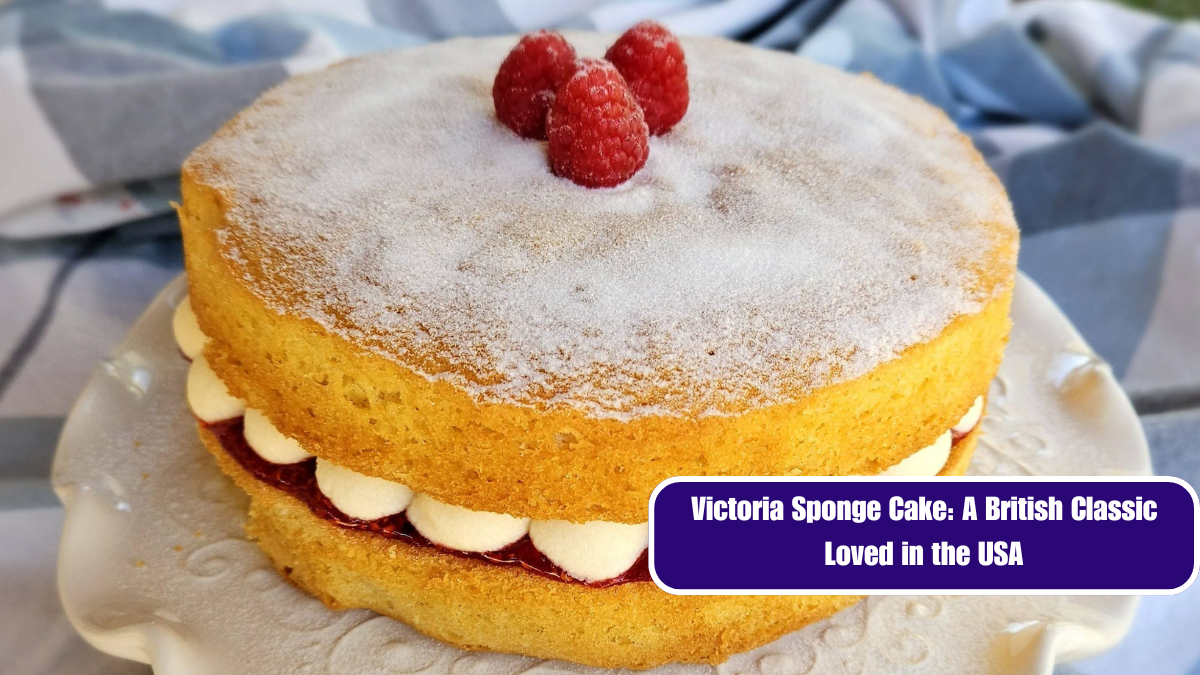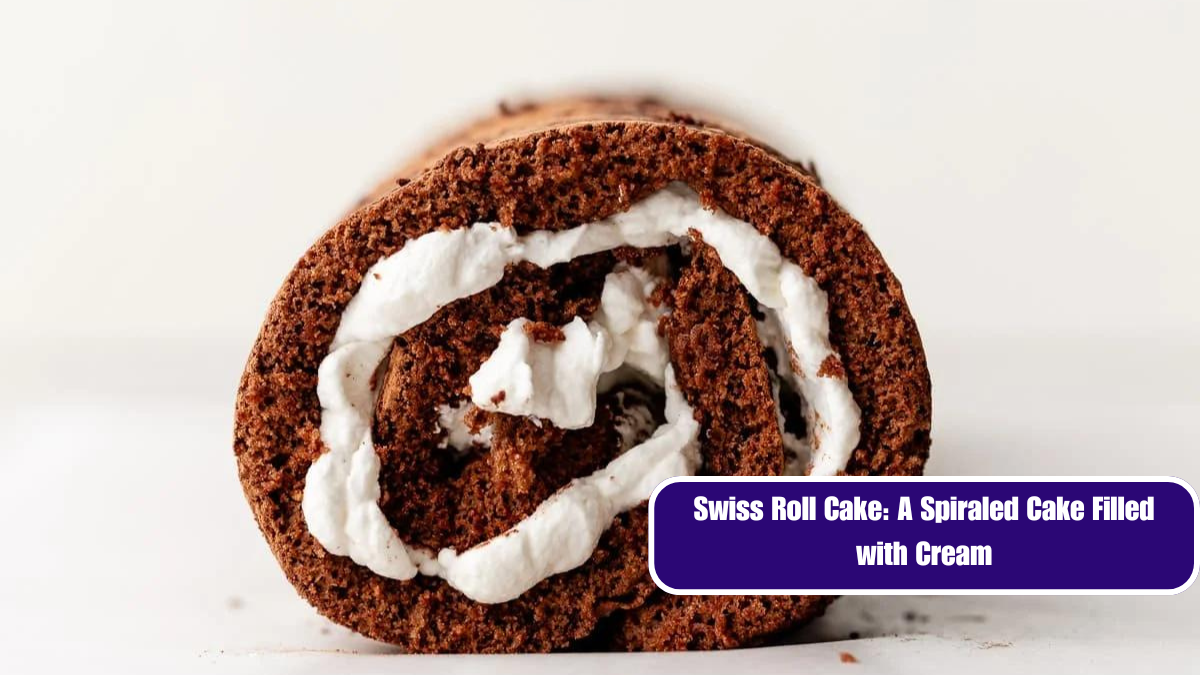Honey cake is more than just a dessert; it’s a slice of tradition, a symbol of celebration, and a testament to the art of baking. This moist, rich cake, infused with the golden sweetness of honey, has been a cherished treat for centuries across various cultures. Whether you’re marking a significant occasion or simply indulging in a bit of nostalgia, honey cake offers a perfect blend of flavor and history.
A Taste of Tradition
The roots of honey cake can be traced back to ancient times, with variations found in numerous cultures. In Jewish tradition, honey cake is particularly significant during Rosh Hashanah, the Jewish New Year, symbolizing a sweet year ahead. In Eastern European countries, honey cake, known as “medovik” in Russia and “torcik” in Poland, is a beloved staple for celebratory occasions.
Ingredients That Tell a Story
The beauty of honey cake lies in its simple yet flavorful ingredients. At its core, honey, flour, eggs, and sugar combine to create a moist and dense cake with a rich, caramelized taste. The honey imparts not only sweetness but also a subtle floral note that enhances the cake’s depth of flavor.
Many recipes include spices like cinnamon and cloves, which add warmth and complexity to the cake. Some variations might feature nuts or dried fruits, adding texture and additional layers of taste. The choice of honey can also influence the final flavor, with different types ranging from mild and floral to robust and earthy.
The Art of Baking Honey Cake
Baking honey cake is both an art and a science. The key to a successful honey cake is achieving the right balance of ingredients to ensure a moist, tender crumb. Overmixing or underbaking can lead to undesired results, so attention to detail is crucial.
A typical honey cake recipe involves combining the dry ingredients with the wet ingredients, including a generous amount of honey. The batter is then poured into a prepared pan and baked until a toothpick inserted in the center comes out clean. Once cooled, the cake is often glazed with additional honey or dusted with powdered sugar, though some variations include frosting or icing for extra indulgence.
Serving and Enjoying
Honey cake is incredibly versatile and can be served in various ways. For a traditional touch, enjoy it with a cup of tea or coffee. It’s also delightful when paired with fresh fruit or a dollop of whipped cream. The cake’s rich flavor and moist texture make it an excellent choice for special occasions, from birthdays and anniversaries to festive holidays.
Preserving the Tradition
While honey cake is deeply rooted in tradition, it continues to evolve with modern baking techniques and ingredient innovations. Whether you stick to a classic recipe or experiment with new flavors and additions, honey cake remains a beloved treat that brings people together and celebrates the sweet moments in life.
In conclusion, honey cake is more than just a dessert; it’s a celebration of history, culture, and the joy of sharing something sweet. Its moist texture, rich flavor, and symbolic significance make it an ideal choice for any special occasion, ensuring that every bite is both memorable and delightful.

